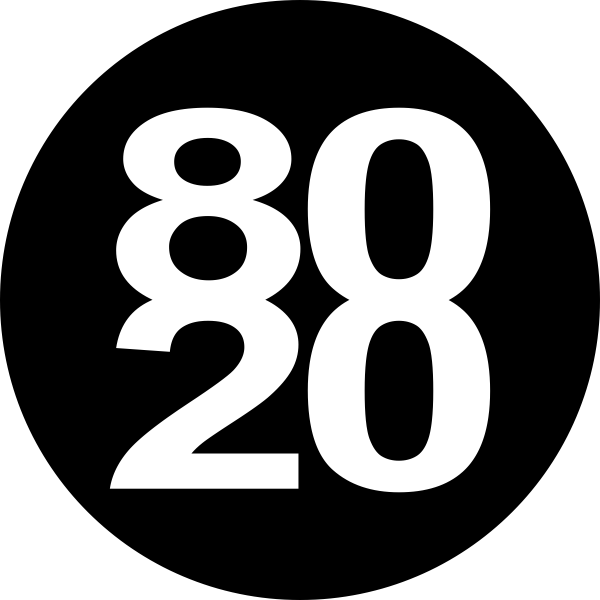80/20 Rule in
Decision Making
The 80/20 rule, also known as the Pareto principle, is a common concept used in decision making across various industries. The principle suggests that 80% of the results come from 20% of the efforts or causes. This principle can be applied in decision making to help individuals and businesses make more efficient and effective decisions. In this article, we will discuss how the 80/20 rule can be applied in decision making and provide examples of how it can be used.
- Focus on the Vital Few: The 80/20 rule suggests that only 20% of the factors contribute to 80% of the results. Therefore, when making decisions, it is important to identify the most critical factors that will impact the desired outcome. This way, you can focus your time, energy, and resources on the "vital few" rather than spreading yourself too thin on less important factors.
- Identify Priorities: In decision making, it is important to prioritize tasks and factors to maximize efficiency. Using the 80/20 rule, you can identify the most important tasks that will yield the greatest results and prioritize them accordingly.
- Focus on High-Impact Areas: By applying the 80/20 rule, decision makers can identify the areas that will have the greatest impact on the outcome. Focusing on these areas will help make the most significant difference in achieving the desired result.
- Analyze Data: When analyzing data, the 80/20 rule can be used to identify the most important variables that have the most significant impact on the outcome. This can help decision makers to narrow down the key variables to focus on and make more informed decisions.
- Allocate Resources Efficiently: By using the 80/20 rule, decision makers can allocate resources more efficiently by focusing on the vital few factors that will have the greatest impact. This can help to ensure that resources are not wasted on less important factors.
- Eliminate Non-Essential Tasks: In decision making, it is important to eliminate non-essential tasks that do not contribute to the desired outcome. By using the 80/20 rule, decision makers can identify the tasks that do not have a significant impact on the outcome and eliminate them to focus on the vital few.
- Avoid Overthinking: The 80/20 rule can help to avoid overthinking and excessive analysis in decision making. By identifying the vital few factors that have the most significant impact, decision makers can focus their energy and resources on making informed decisions without getting bogged down by unnecessary details.
- Use Feedback Loops: The 80/20 rule can be used in decision making to create feedback loops that help to continuously improve and refine the decision-making process. By identifying the vital few factors and continuously analyzing and adjusting them, decision makers can ensure that they are making the most effective decisions.
In conclusion, the 80/20 rule is a powerful tool that can be applied in decision making to help individuals and businesses make more efficient and effective decisions. By identifying the vital few factors that have the most significant impact on the desired outcome, decision makers can allocate resources more efficiently, prioritize tasks, and eliminate non-essential tasks. This principle can be applied in any industry or situation and can help decision makers to achieve greater success with less effort.
